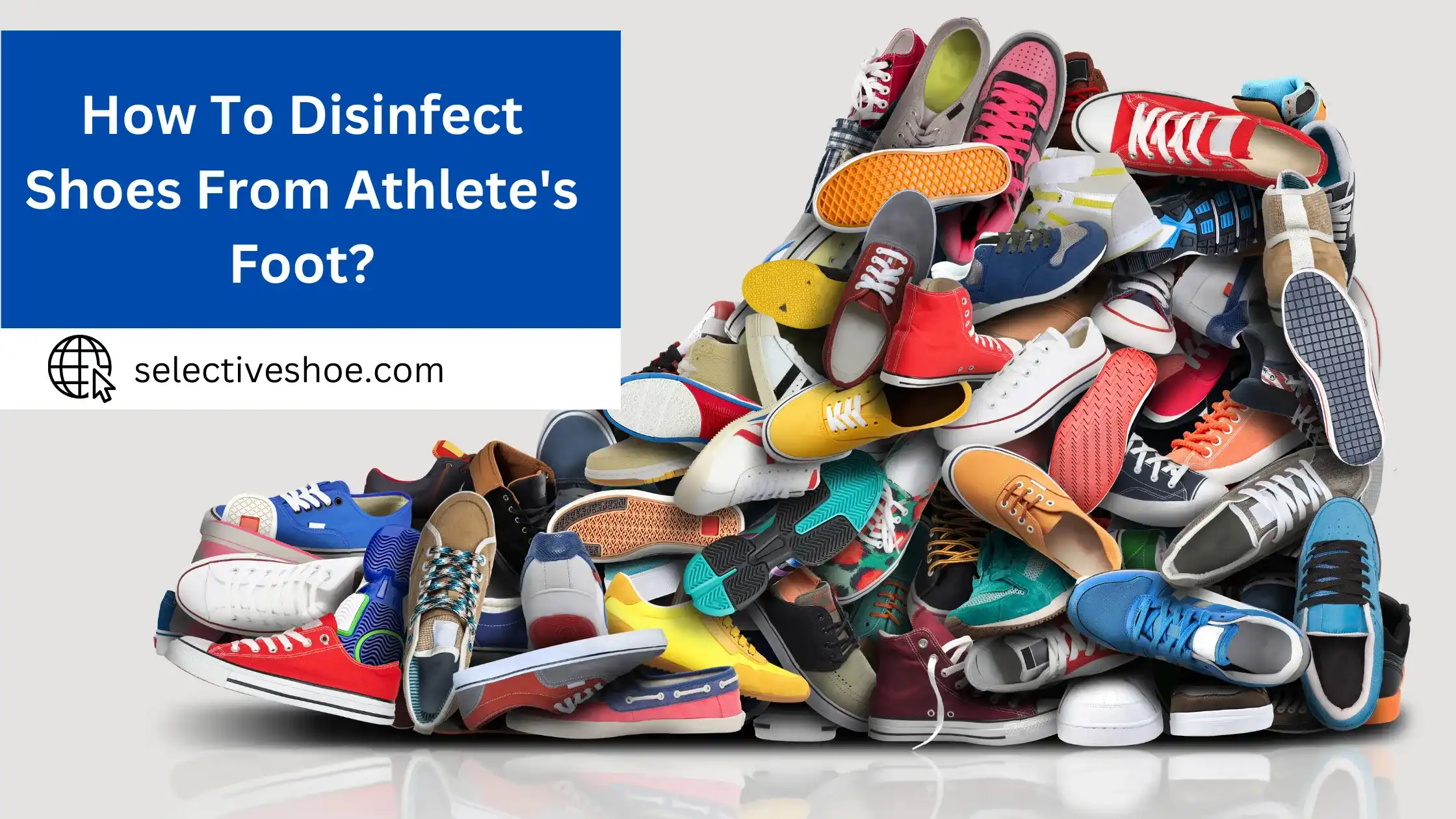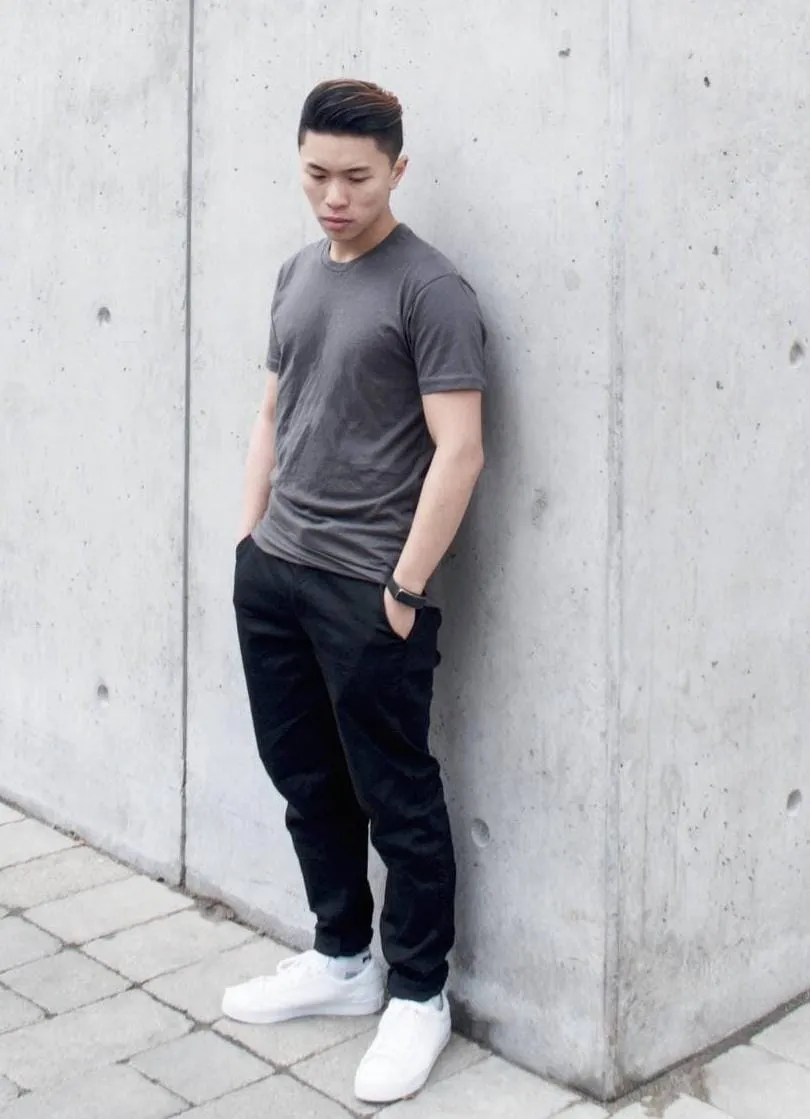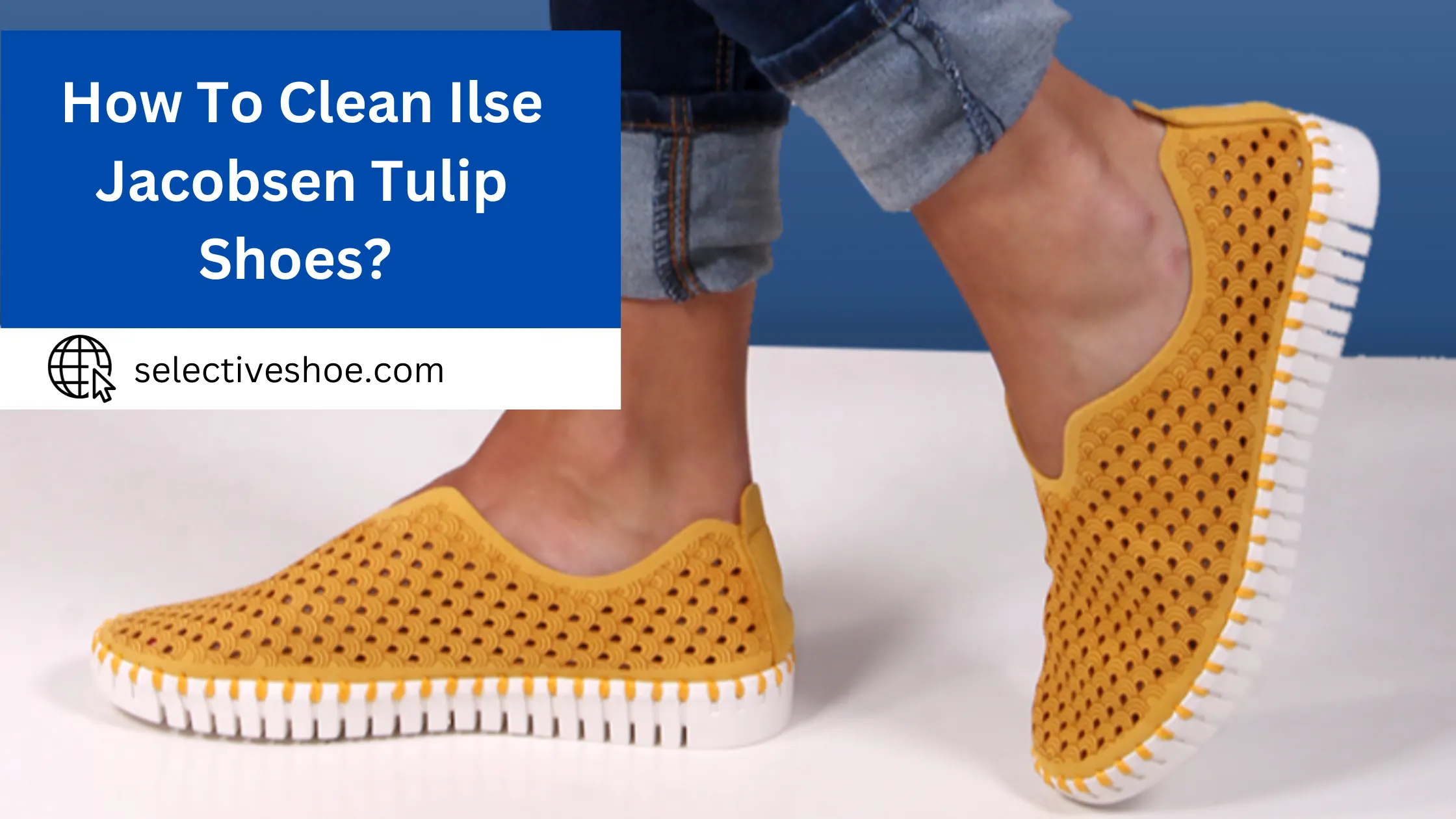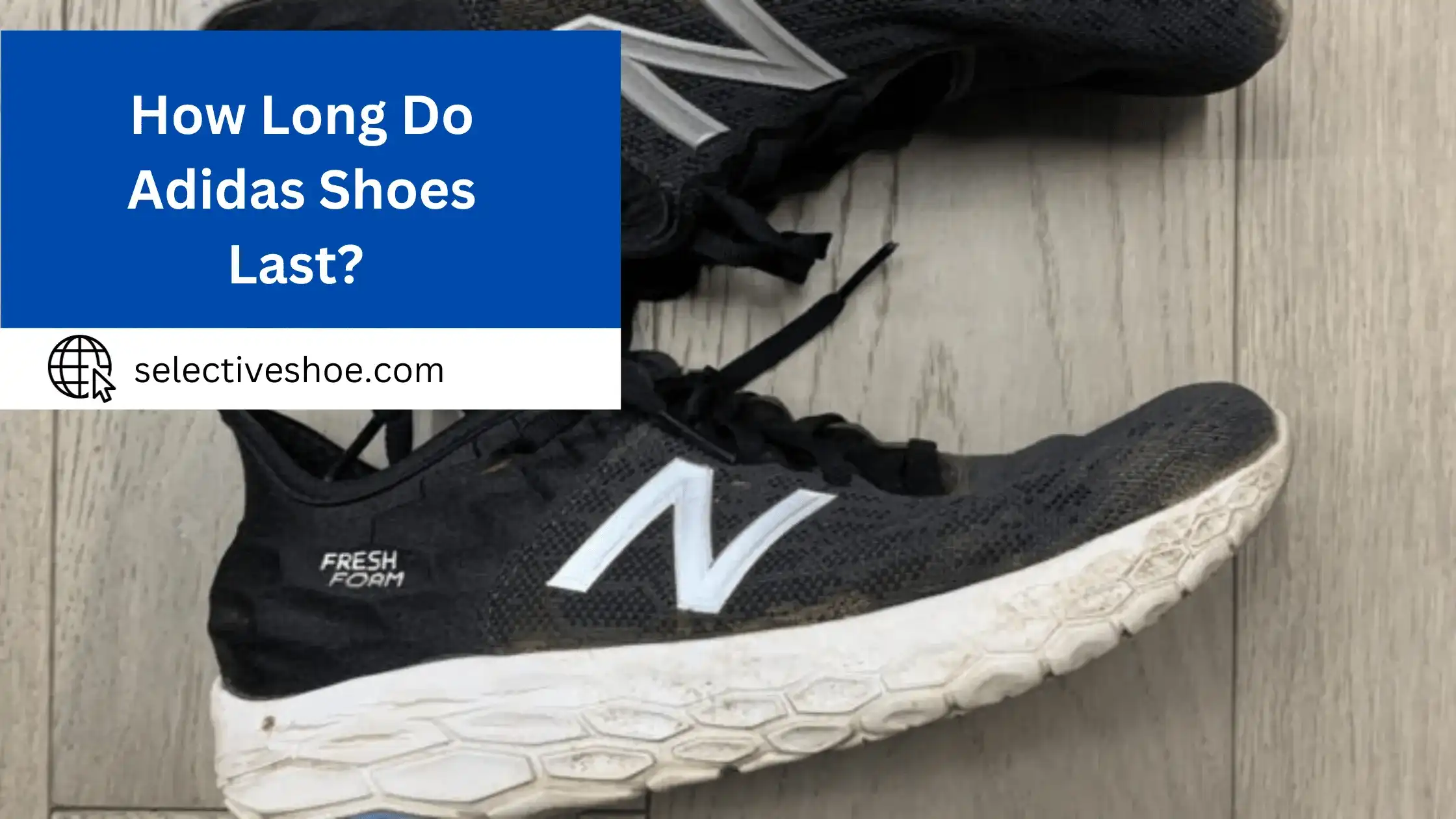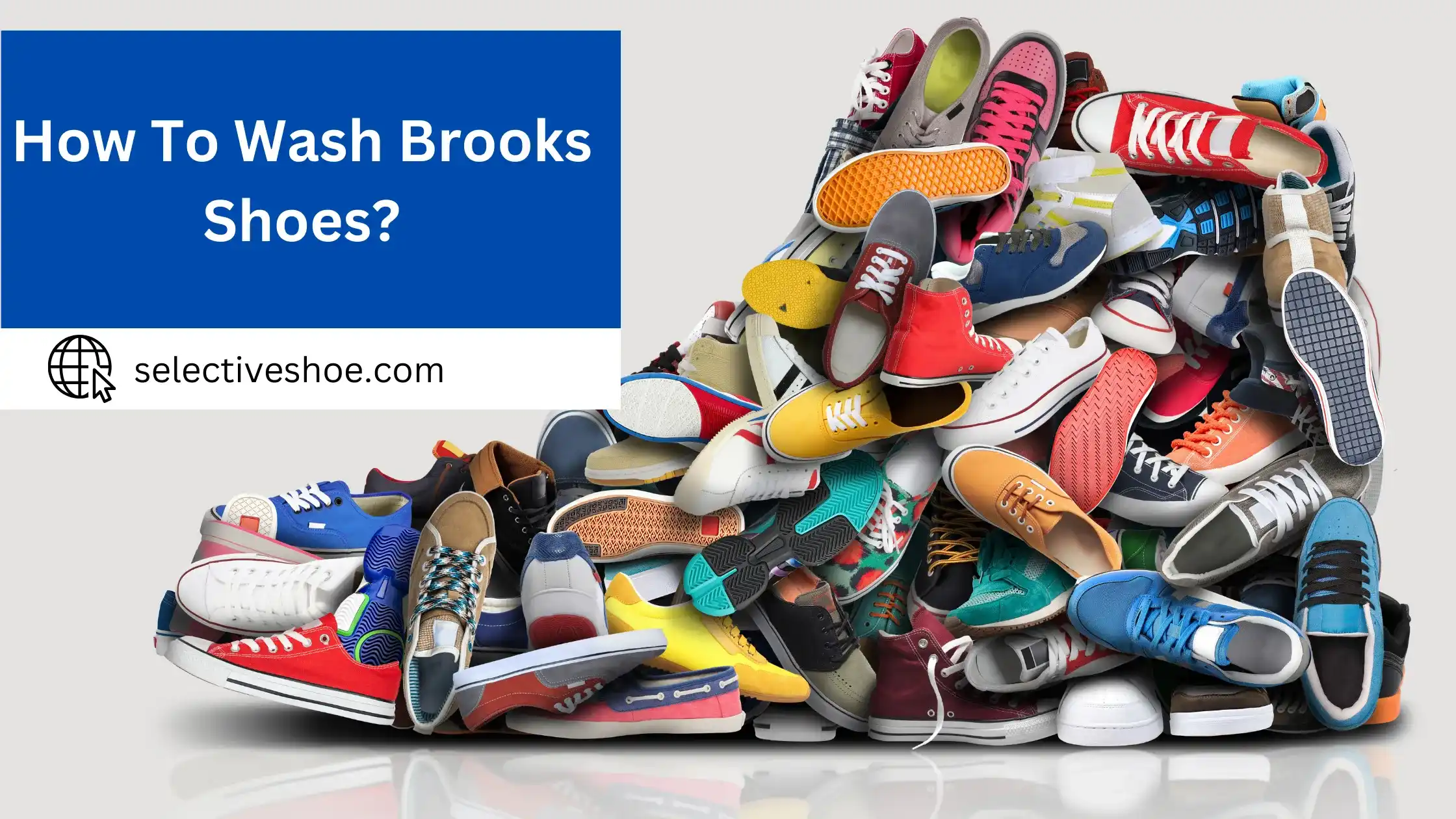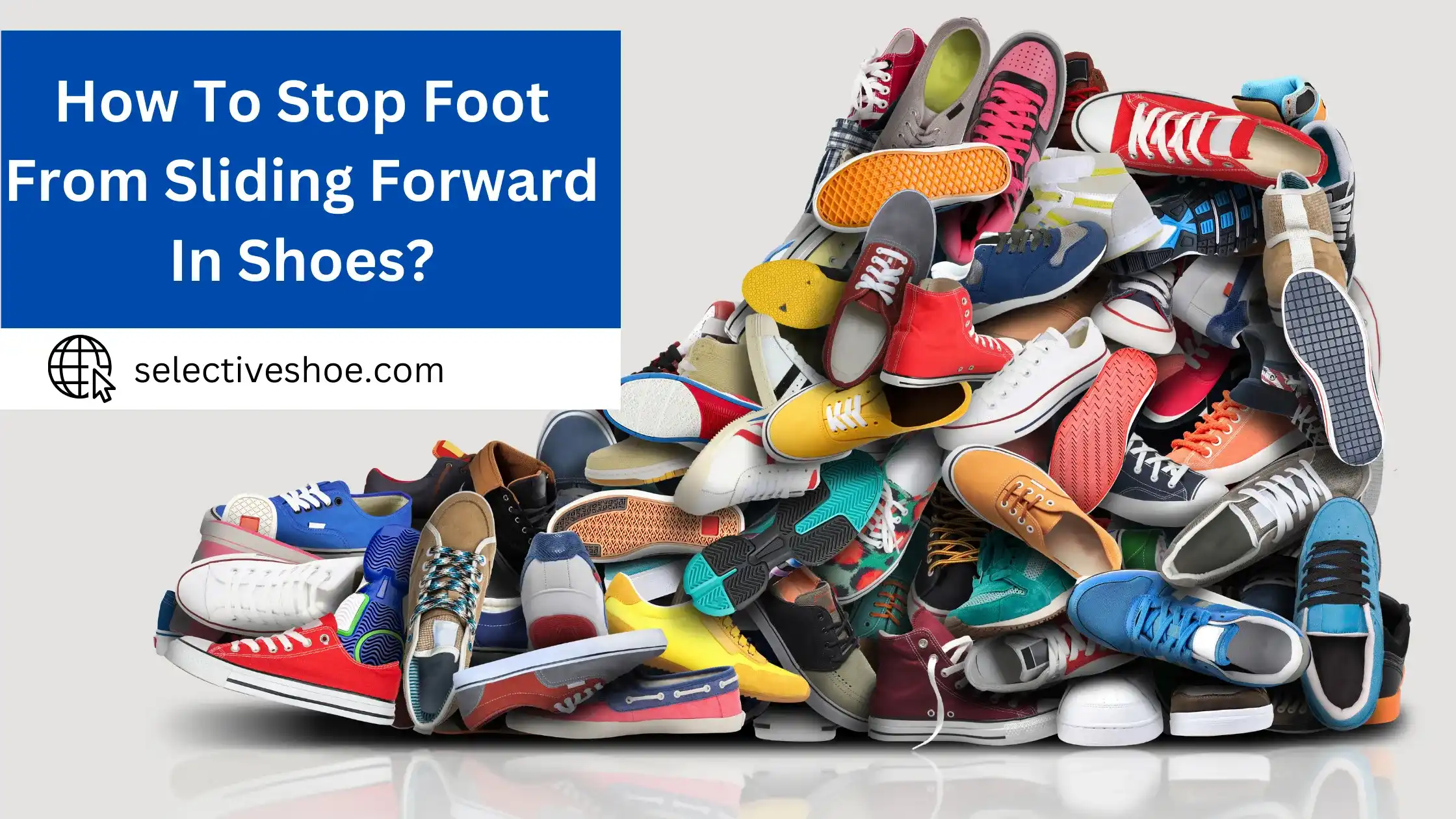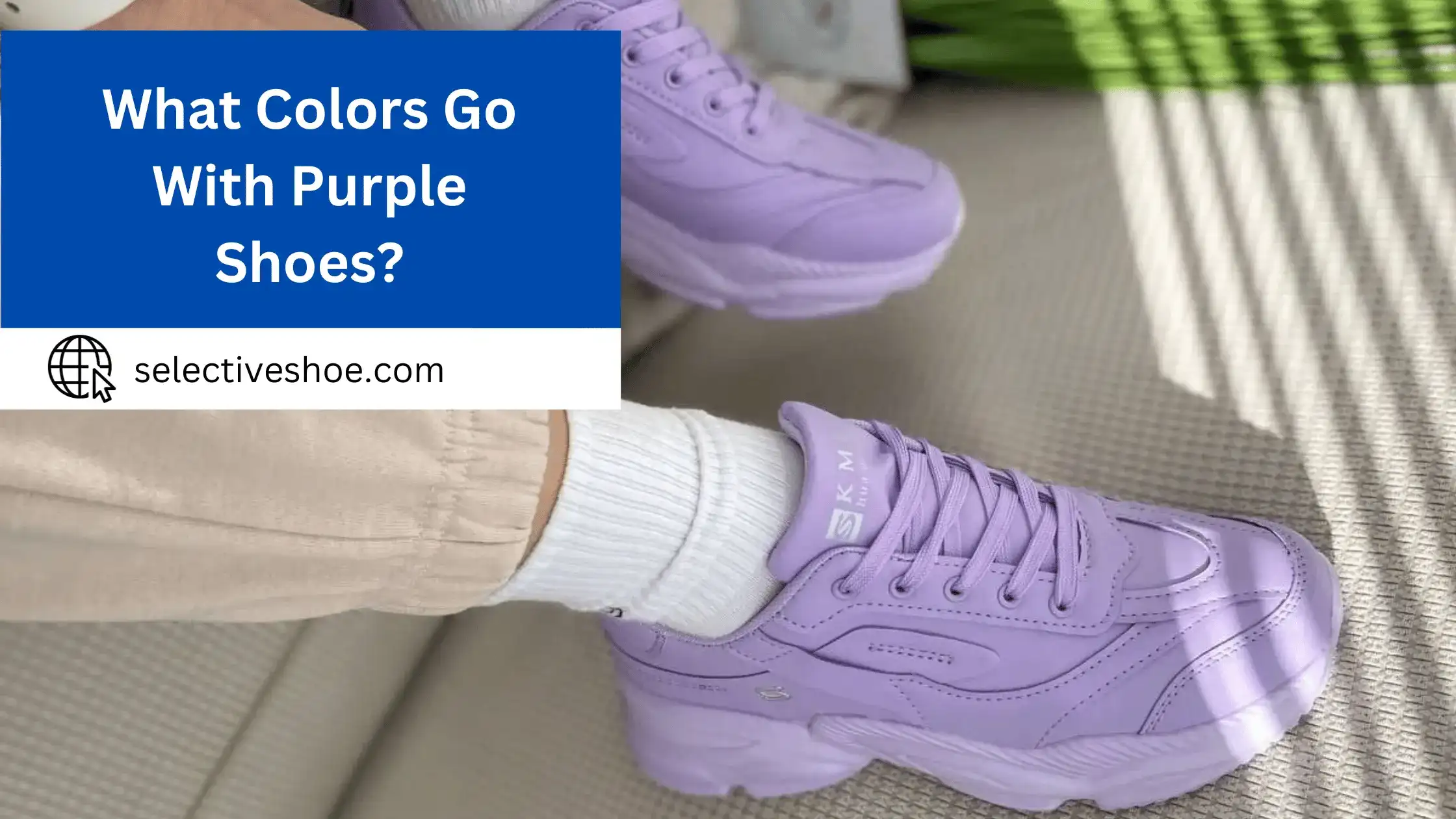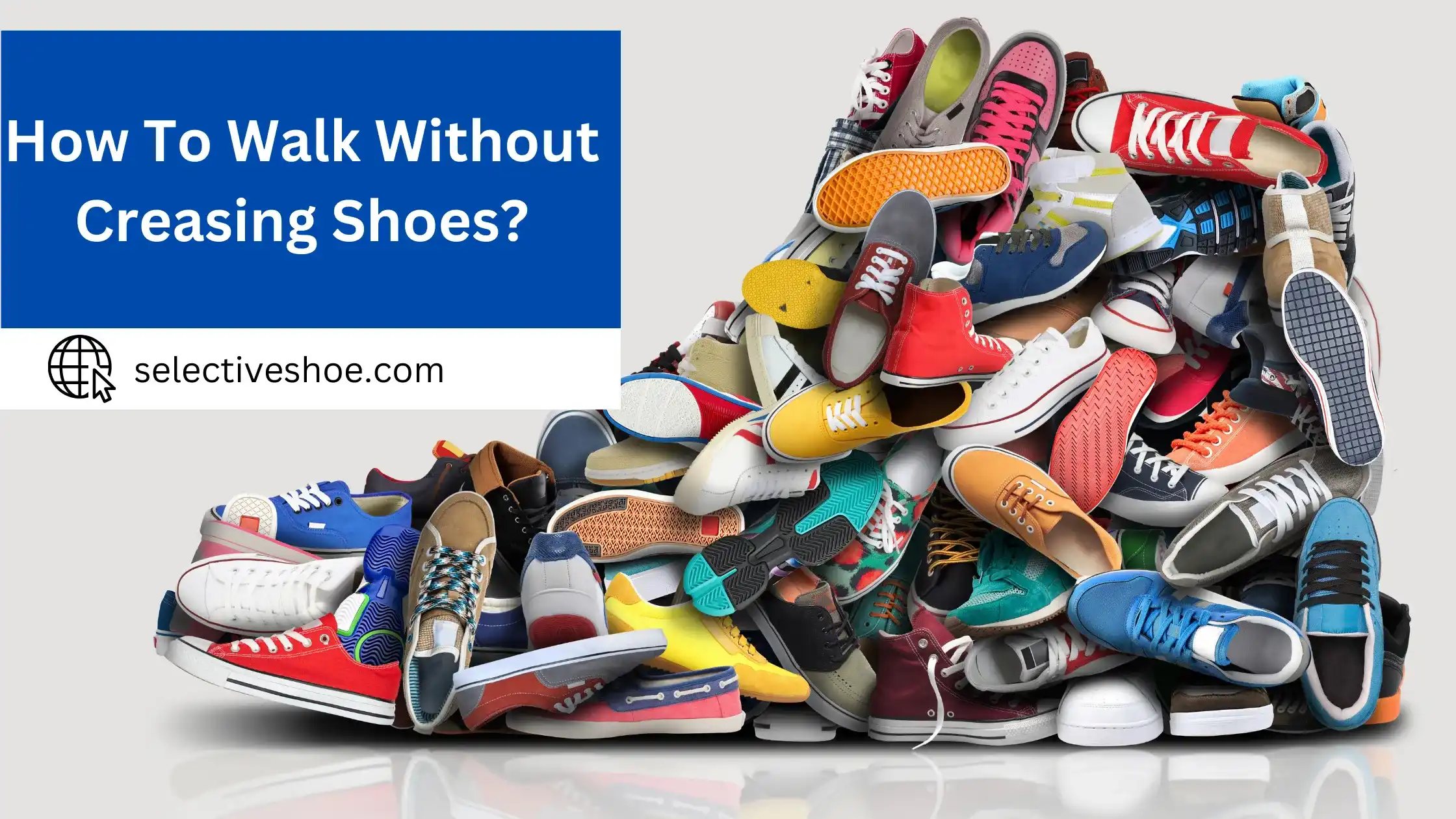If you’re an athlete, you know firsthand the discomfort and embarrassment of an athlete’s foot. However, if proper preventive measures aren’t taken, this fungus can quickly spread from your shoes to your skin and others around you.
Disinfecting your shoes is essential to reduce the spread of germs and bacteria that cause this infection. Here, we’ll discuss disinfecting your boots, so you don’t have to worry about dealing with an athlete’s foot again! Let’s start by sharing tips and tricks on keeping clean feet through effective shoe hygiene practices!
What You’ll Need to Disinfect Shoes from Athlete’s Foot?
- Rubbing Alcohol or Hydrogen Peroxide: Effective at killing fungi and bacteria.
- Antifungal Spray: Specifically designed to eliminate foot fungus.
- Spray Bottle: For applying liquid disinfectants.
- Disposable Gloves: To protect your hands while handling contaminated shoes.
- White Vinegar: An alternative natural disinfectant.
- Paper Towels: For wiping and drying.
- Sunlight: Ultraviolet (UV) rays can kill many types of fungi.
- Sealable Plastic Bags: For isolating contaminated shoes.
- Warm, Soapy Water: For an initial clean.
What are the Steps Required to Disinfect Shoes from Athlete’s Foot:
Disinfecting shoes from athlete’s foot is essential to prevent the spread of the fungal infection and to ensure your footwear remains safe for use. Here are the steps you can take to disinfect your shoes effectively:
Gather Supplies:
Collect the necessary items for the disinfection process. You will need rubbing alcohol, a spray bottle, baking soda, a soft brush, and disposable shoe liners (optional).
Clean the Exterior:
Before disinfecting, clean the exterior of your shoes to remove dirt, debris, and excess moisture. Use a damp cloth or soft brush to wipe the surfaces gently. Allow the boots to dry completely before proceeding.
Remove Insoles and Laces:
If possible, remove the insoles and laces from your shoes. This will make the disinfection process more effective, as it allows better access to the interior of the shoes.
Apply Rubbing Alcohol:
Fill a spray bottle with rubbing alcohol. Spray the interior of the shoes thoroughly, focusing on areas that come into direct contact with your feet. Rubbing alcohol effectively kills fungal spores and bacteria that may be causing athlete’s foot.
Allow to Air Dry:
After applying rubbing alcohol, let the shoe air dry in a well-ventilated area. Avoid direct sunlight or high heat, which can damage the materials. Allowing the shoes to dry completely helps to eliminate moisture, which is conducive to fungal growth.
Use Baking Soda:
Baking soda can help absorb odors and moisture from the shoes. Sprinkle a generous amount of baking soda inside each shoe, ensuring it reaches all corners and crevices. Let the baking soda sit overnight to absorb any remaining moisture and odors.
Brush and Shake Off Excess Baking Soda:
Use a soft brush to remove the excess baking soda from the shoes the next day. Give the shoes a few shakes to ensure that most of the baking soda is removed.
Reassemble and Use Shoe Liners:
If you removed insoles and laces, reassemble the shoes. To further prevent the recurrence of athlete’s foot, consider using disposable shoe liners or changing socks regularly. Shoe liners can be replaced after each use to maintain a clean and dry environment within the shoes.
By following these steps, you can effectively disinfect your shoes from the athlete’s foot and minimize the risk of reinfection.
Why Disinfecting Your Shoes is Crucial in Dealing with Athlete’s Foot?
Disinfecting your shoes is crucial to dealing with athlete’s foot for several reasons. An athlete’s foot, caused by tinea fungus, is a highly contagious condition that can quickly spread, not just from person to person but also from person to object and back again. Below are detailed explanations for why disinfecting your shoes is an essential step in effectively managing and eradicating athlete’s foot:
Breaking the Cycle of Re-infection:
The fungus that causes athlete’s foot can survive in your shoes for extended periods. You risk re-infecting your feet each time you wear infected shoes, even if the skin infection has been treated.
Treatment Efficacy:
Over-the-counter and prescription treatments for athlete’s foot can be less effective if you continually expose your feet to the fungus by wearing contaminated shoes.
Cross-contamination Risks:
The fungus in your shoes can transfer to other footwear or areas in your home, leading to a broader contamination problem. Family members may also wear your shoes, or their shoes may come into contact with yours, leading to the spread of the infection.
Accelerating Healing and Preventing Complications:
Effective disinfection measures can accelerate healing by reducing the fungal load your feet are exposed to. An untreated fungal infection may pave the way for bacterial infections, as the compromised skin is more susceptible. Keeping your shoes disinfected minimizes this risk.
Tips to Prevent Athlete’s Foot from Infecting Your Shoes Again:
- Don’t wear the same pair of shoes every day. Give each pair time to air out, which makes them less hospitable to fungi.
- Consider using antifungal powders inside your shoes to inhibit the growth of fungi.
- Opt for socks made of synthetic fibers that wick moisture away from your feet, as damp conditions can promote fungal growth.
- For machine-washable shoes, regular washing can help prevent the accumulation of fungus. Make sure they are dehydrated before wearing them again.
- Consider using removable insoles that can be washed separately. This makes it easier to maintain a clean environment inside your shoes.
- 6. Especially in communal areas like gyms and pools, walking barefoot increases the risk of contracting athlete’s foot, which can then infect your shoes.
- As a preventative measure, Make it a habit to disinfect your shoes periodically, even if you don’t have a current infection.
- Always check the care instructions on your footwear to ensure that you’re not causing unintentional damage during the cleaning process, which can make them more susceptible to harboring fungi.
By integrating these tips into your routine, you can protect yourself against the recurrence of an athlete’s foot and prolong the longevity and hygiene of your footwear.
Conclusion:
Taking care of your feet is an essential step in preserving your overall health for athletes and everyone. With the simple steps outlined above, protecting yourself against infection and discomfort from athlete’s foot can be a breeze. Remember, the key to healthy feet and prevention of fungal infection is a combination of frequent cleaning and disinfection, so remember to follow through on those measures.
Furthermore, if you start to spot any signs of fungal infection, like cracking or redness between the toes, contact your doctor as soon as possible for a more tailored solution to combat this skin condition. Now, get yourself some clean and fresh shoes!
